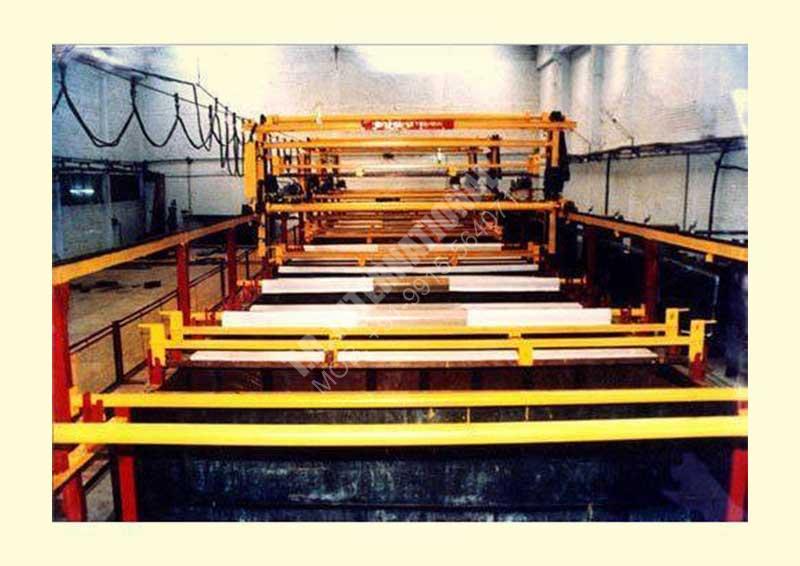
ZINC GLYDO PLANT
Know About Zinc Glydo Plant
Zinc Glydo Plant Electroplating gives erosion opposition by going about as a boundary and conciliatory covering. Since zinc is more responsive than steel, the zinc covering consumes first, securing the steel substrate. The pace of zinc consumption is at least multiple times slower than that of steel; in this manner, a slight covering of zinc can secure steel for a long time. Zinc Glydo adds more protection to the plating.
So, if you are looking for a genuine Zinc Glyco Plant Supplier in India, look for nothing but anjit Metal Industries based in Punjab-Your one-stop solution to Electroplating needs and requirements.
| Product Specification | |
|---|---|
| Material | MS, PP |
| Brand | TR |
| Application | Electroplating Industry |
| Capacity | According to applied components |
| Origin Country | India |
Understanding The Process Of Electroplating
Electroplating measure begins with cautiously cleaning the clasp surface insoluble cleanser type arrangements. It is then treated with corrosive to eliminate any rust or surface scales. Careful neatness is fundamental as the sub-atomic layers of oil or rust can forestall the covering to the metal surface.
Electroplating is finished by the cycle of electro statement. The latches are dunked in a substance shower containing disintegrated zinc. When direct current is applied, the zinc metal at the anode starts to break down, and the free metal ions arrive at the cathode to frame a meager layer of covering on the latch. The thickness of zinc Glyco plant plating relies upon the time spent in the plating shower, the measure of electric flow, and the substance arrangement of the storm.
Various Benefits Of Product
Zinc Glyco Plant Manufacturers in India offer Electroplating services to add smoothness, glossiness, and dribble-free surface – best for stylish reasons. Since it’s slight – It doesn’t meddle with clasp strings. Likewise has an essentially lower cost.
The post-plating de-embrittlement heating is completed on a Fully Automatic Electroplating line with synchronized Auto stacking framework and hydrogen De-Embrittlement heater and Passivation line. In this way, no time is squandered in – between the cycles, taking into consideration best plating.
Hydrogen Embrittlement
During corrosive cleaning and in the electroplating cycle, nuclear hydrogen delivered can diffuse into the steel and embrittle the design of the clasp. The electroplated covering traps the hydrogen inside the latches, which can move to spaces of high pressure and cause little microcracks and at last lead to fragile disappointment, except if they are prepared not long after plating to drive the hydrogen out.
High strength latches are especially inclined to hydrogen embrittlement because the more prominent the compound clasp’s strength (or hardness), the more significant the weakness to hydrogen harm disappointment.